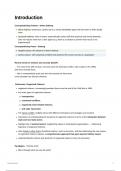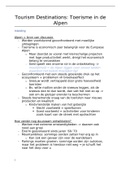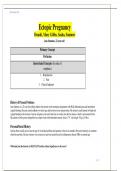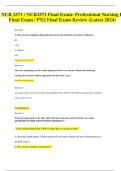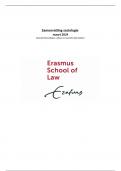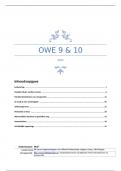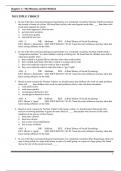Samenvatting
Violence and Security: Paradigms & Debates- Final Exam Summary
- Instelling
- Universiteit Van Amsterdam (UvA)
This summary provides a detailed overview of all topics, including lecture and reading notes. Definitions are clearly highlighted for clarification and notes are shot but comprehensive to make studying easy.
[Meer zien]
